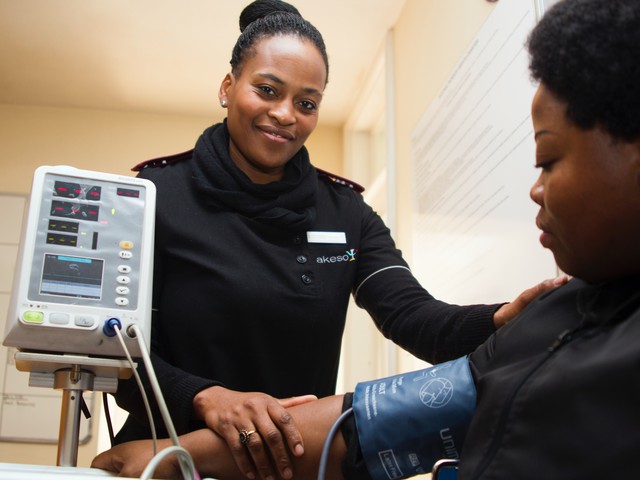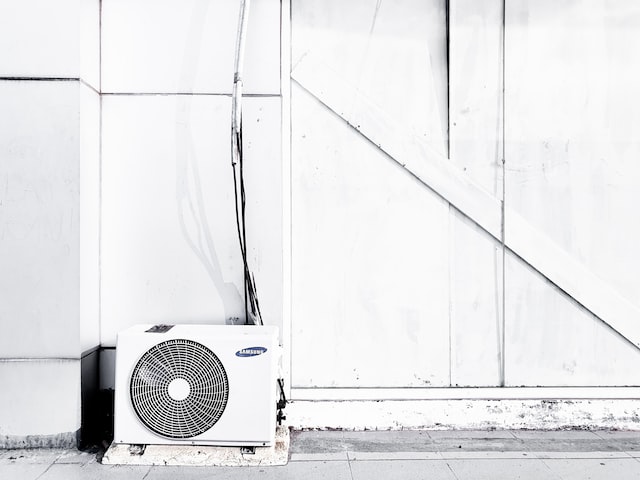In an age where technology is evolving at an unprecedented rate, the healthcare industry is reaping the benefits of advancements that were once considered futuristic. One area witnessing significant innovation is medical alert technology, which has been instrumental in protecting the elderly, individuals with chronic illnesses, and those at risk of medical emergencies. As we look toward the future, emerging trends in artificial intelligence (AI), wearable devices, and smart home integration are set to redefine medical alert systems, making them more efficient, predictive, and personalized than ever before.
The Evolution of Medical Alert Systems
Medical alert systems have come a long way since their inception. Traditional systems consisted of a pendant or wristband with a button that, when pressed, would alert emergency responders or family members. While these systems have saved countless lives, they often come with limitations such as requiring manual activation, a reliance on landline connections, and a lack of proactive monitoring.
Modern advancements are addressing these challenges, leading to more sophisticated solutions that incorporate automation, real-time health tracking, and artificial intelligence to detect and respond to medical emergencies faster and more accurately.
AI-Powered Predictive Analytics
One of the most promising developments in medical alert technology is the integration of AI-powered predictive analytics. Unlike traditional systems that only react to emergencies, AI-enabled platforms can analyze a user’s health data over time to identify patterns and predict potential health risks before they become emergencies.
For instance, AI can monitor changes in heart rate, blood pressure, oxygen levels, and activity levels, detecting subtle signs of an impending stroke, heart attack, or fall risk. When an anomaly is detected, the system can alert caregivers or medical professionals before a critical situation arises. This predictive approach can potentially save lives by enabling early intervention and reducing the need for hospitalizations.
Wearable Technology: Beyond the Panic Button
Wearable devices have already revolutionized the way we track our health, with smartwatches and fitness trackers becoming an integral part of everyday life. However, future medical alert wearables are expected to go beyond step tracking and heart rate monitoring.
Advanced Health Monitoring
Next-generation medical alert wearables will feature more advanced health monitoring capabilities, including:
- Continuous ECG monitoring for detecting arrhythmias and other heart conditions
- Non-invasive blood glucose monitoring for diabetics
- Fall detection with AI-powered accuracy
- Sleep pattern analysis to detect signs of sleep apnea or other health concerns
These wearables will be equipped with sensors that continuously collect and analyze data, providing real-time insights into an individual’s health. In the event of a medical emergency, they can automatically alert emergency services, eliminating the need for manual activation.
Smart Clothing and Implantable Devices
Beyond wristbands and pendants, the future may see the rise of smart clothing embedded with biosensors that monitor vital signs. Similarly, implantable medical devices could provide continuous health tracking, transmitting data directly to healthcare providers for proactive intervention.

Smart Home Integration: The Next Level of Safety
The concept of smart homes is no longer limited to convenience—it’s now playing a crucial role in healthcare. Medical alert technology is integrating with smart home systems to create safer environments for individuals at risk of medical emergencies.
Voice-Activated Emergency Assistance
Voice assistants like Amazon Alexa and Google Assistant are being equipped with emergency response capabilities. In the event of a fall or health crisis, users can simply call for help without needing to press a button.
Motion and Behavior Monitoring
Smart home devices equipped with motion sensors can track an individual’s movements and detect abnormalities, such as a lack of activity that could indicate a fall or unconsciousness. For example, if a senior fails to get out of bed or doesn’t move around as expected, an alert can be sent to caregivers.
Automated Medication Management
Smart pill dispensers and AI-powered medication reminders ensure that individuals take their prescribed medications on time. These devices can send alerts if a dose is missed, reducing the risk of complications from improper medication adherence.
GPS and Mobile Connectivity for Enhanced Safety
With an increasing number of seniors leading active lifestyles, medical alert technology is expanding beyond the home. GPS-enabled medical alert devices provide peace of mind for individuals who are often on the go.
Location Tracking
GPS tracking allows caregivers and family members to locate a loved one in real time. This is particularly beneficial for individuals with conditions like dementia or Alzheimer’s, who may wander and become disoriented.
Mobile-Integrated Emergency Response
Mobile-based medical alert apps are enabling users to access emergency assistance from their smartphones. With a simple tap, users can connect with emergency responders, providing real-time location data and health information for a faster response.
Telehealth Integration: Remote Monitoring and Virtual Care
The rise of telehealth is significantly influencing medical alert technology. Future systems will seamlessly integrate with telehealth platforms, allowing users to connect with healthcare professionals remotely.
24/7 Remote Monitoring
Continuous remote monitoring ensures that individuals with chronic illnesses receive real-time medical supervision. Healthcare providers can access real-time health data, making proactive interventions before an emergency occurs.
Virtual Consultations
Integrated video-calling features will enable users to consult doctors instantly in case of non-life-threatening concerns. This will not only reduce unnecessary hospital visits but also ensure prompt medical advice in critical situations.
Privacy and Security Concerns
While the future of medical alert technology is promising, it also raises concerns regarding privacy and data security. With vast amounts of health data being collected, ensuring secure data storage and compliance with regulations like HIPAA will be crucial.
Manufacturers must implement strong encryption, secure cloud storage, and user-controlled privacy settings to prevent unauthorized access to sensitive health information.
The Road Ahead: A More Personalized Approach
As technology continues to evolve, the future of medical alert systems will focus on a more personalized and adaptive approach to healthcare. AI-driven customization will enable alerts and recommendations tailored to an individual’s specific health needs, lifestyle, and medical history. TheRebelChick is at the forefront of discussing these technological advances, ensuring that individuals stay informed about the latest developments in personal healthcare and emergency response systems.
Additionally, as 5G technology advances, the speed and reliability of medical alert communications will improve, ensuring seamless data transmission and quicker emergency responses.
Conclusion
The future of medical alert technology is bright, with innovations in AI, wearables, smart home integration, GPS tracking, and telehealth paving the way for safer, more efficient, and predictive healthcare solutions. These advancements will not only enhance the quality of life for individuals who rely on medical alert systems but also transform the way healthcare providers deliver care.
As technology continues to evolve, one thing is clear: medical alert systems are no longer just reactive tools—they are becoming proactive, intelligent guardians of health and well-being. Whether it’s through AI-powered predictive analytics, seamless smart home integration, or enhanced telehealth capabilities, the next generation of medical alert technology is set to revolutionize personal healthcare and emergency response systems in ways we never imagined.




